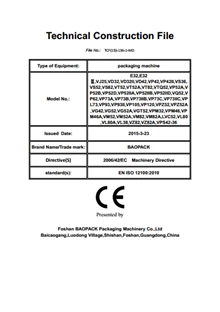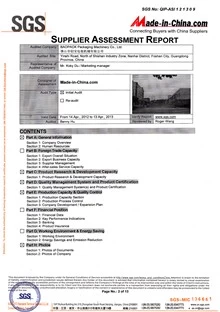An early 20th century chocolate advert
chocolate-machines.com
chocolate-machines.com
2017-04-11 17:29:02

The new craze for chocolate brought with it a thriving slave market, as between the early 17th and late 19th centuries the laborious and slow processing of the cacao bean was manual. Cacao plantations spread, as the English, Dutch, and French colonized and planted. With the depletion of Mesoamerican workers, largely to disease, cacao production was often the work of poor wage laborers and African slaves. Wind-powered and horse-drawn mills were used to speed production, augmenting human labor. Heating the working areas of the table-mill, an innovation that emerged in France in 1732, also assisted in extraction.
New processes that speed the production of chocolate emerged early in the Industrial Revolution. In 1815, Dutch chemist Coenraad van Houten introduced alkaline salts to chocolate, which reduced its bitterness. A few years thereafter, in 1828, he created a press to remove about half the natural fat (cacao butter) from chocolate liquor, which made chocolate both cheaper to produce and more consistent in quality. This innovation introduced the modern era of chocolate. Known as "Dutch cocoa", this machine-pressed chocolate was instrumental in the transformation of chocolate to its solid form when in 1847 Joseph Fry learned to make chocolate moldable by adding back melted cacao butter.
New processes that speed the production of chocolate emerged early in the Industrial Revolution. In 1815, Dutch chemist Coenraad van Houten introduced alkaline salts to chocolate, which reduced its bitterness. A few years thereafter, in 1828, he created a press to remove about half the natural fat (cacao butter) from chocolate liquor, which made chocolate both cheaper to produce and more consistent in quality. This innovation introduced the modern era of chocolate. Known as "Dutch cocoa", this machine-pressed chocolate was instrumental in the transformation of chocolate to its solid form when in 1847 Joseph Fry learned to make chocolate moldable by adding back melted cacao butter.














